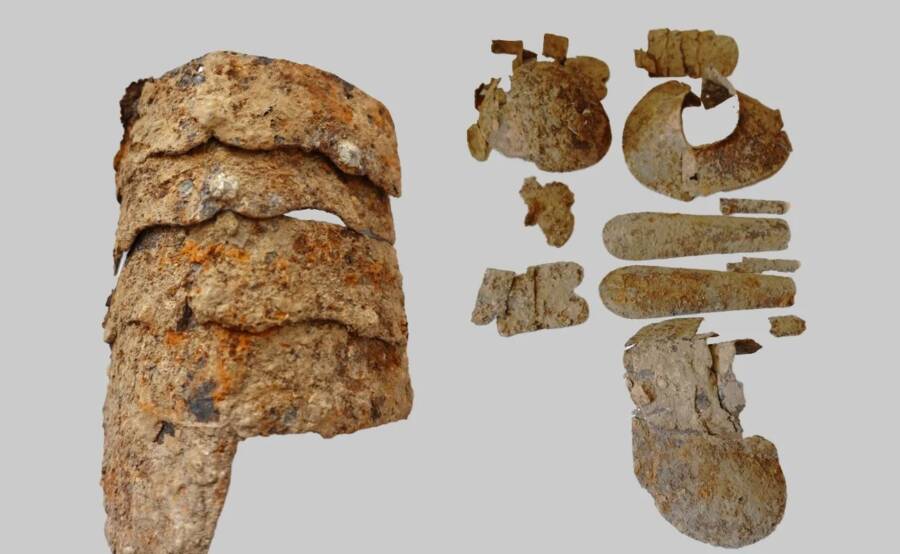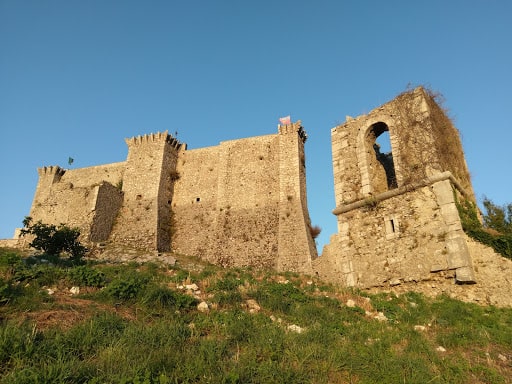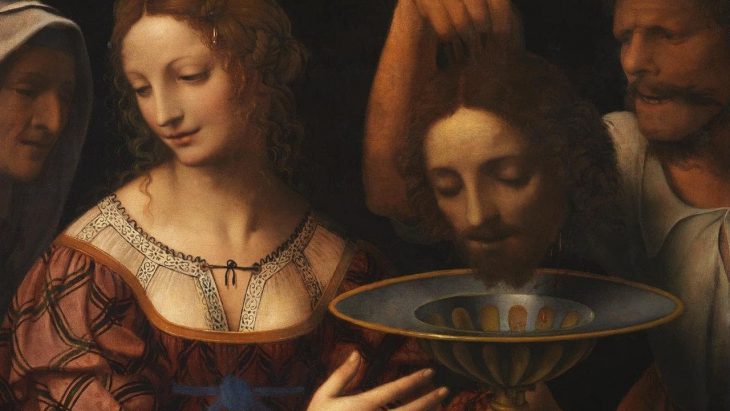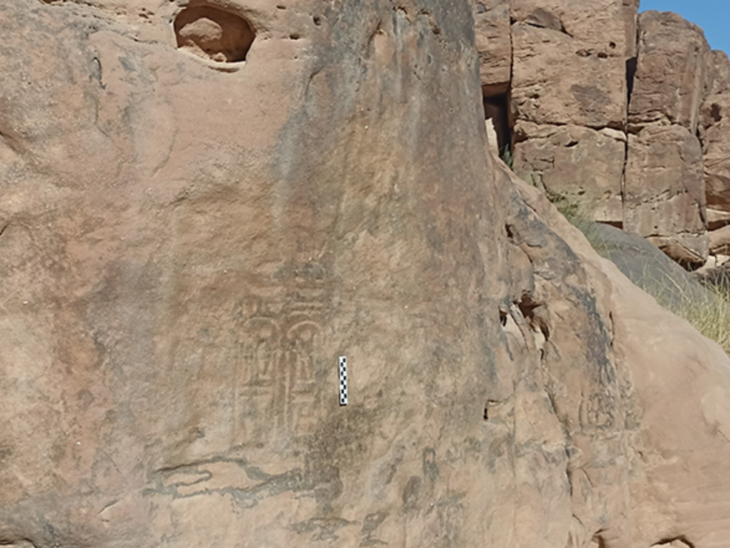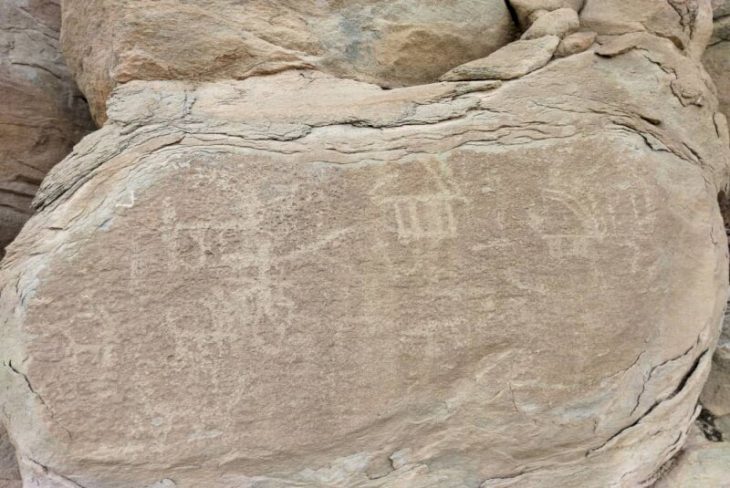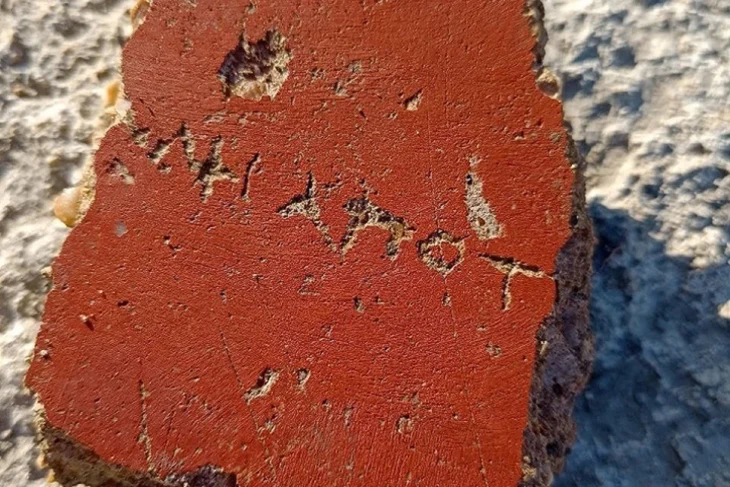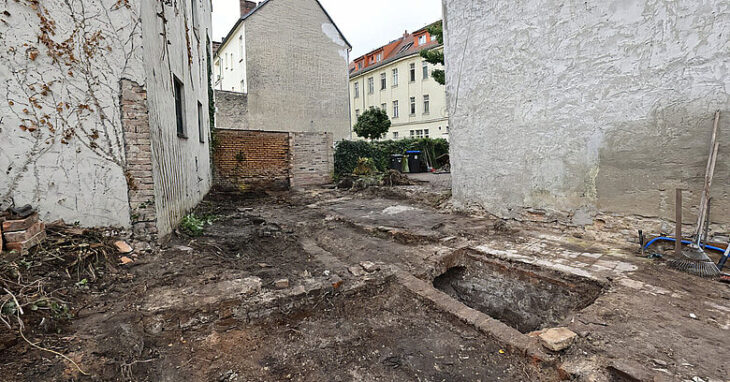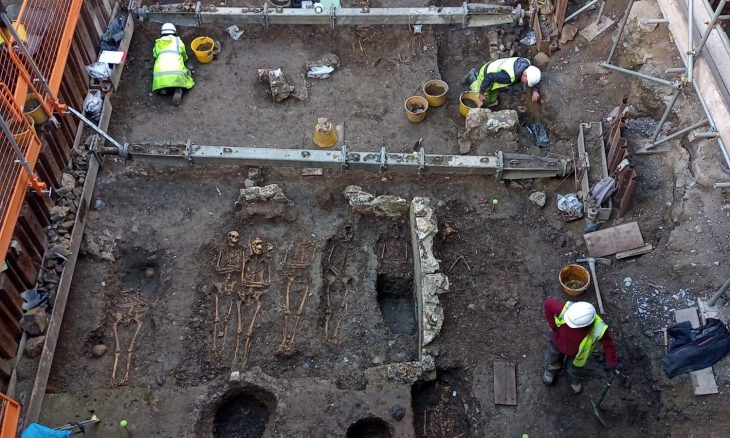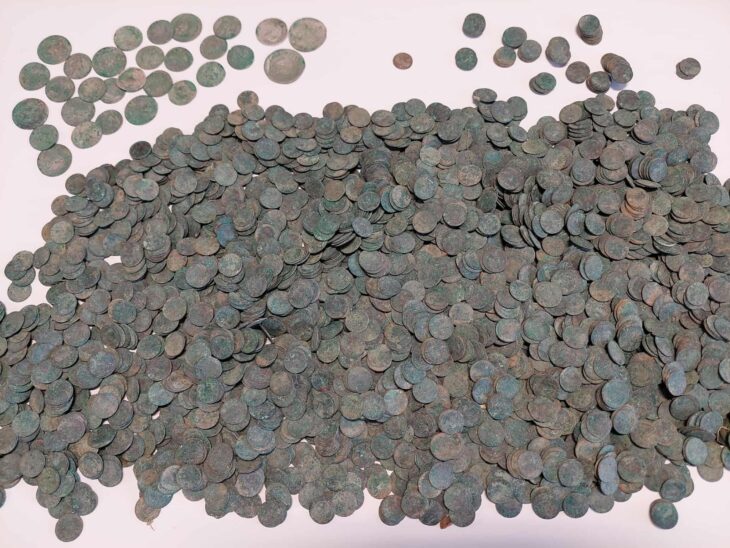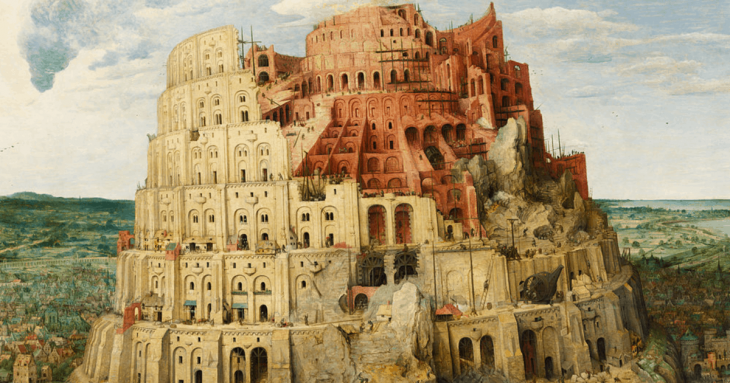A 17th-century Hussar armor was found in a field in the village of Mikułowice in the Opatów region in southeastern Poland.
A Polish metal detectorist and YouTuber Patryk Chmielewski known as “Profesor Detektorysta” (Professor Detectorist) last month, made one of his most exciting discoveries yet: a partially intact set of hussar armor from the 17th century.
Unexpectedly in good condition, the armor recalls a fascinating period of European history in Poland and beyond. The armor sat just two feet beneath the surface for more than three centuries (about 60cm).
Hussars were light cavalry mounted on fast horses. The hussars were skilled riders who were chosen from the wealthiest nobility in Poland. They were well-known for the enormous “wings” that they either wore on their backs or fastened to their saddles. Eagle feathers were inserted into the back rims of wooden wing-shaped frames to create these wings. During a charge, the thunderous noise produced by the flapping of these extra appendages was intended to startle the enemy horses.
Known as “winged horsemen,” the colorfully costumed hussars also wore leopard or similar animal skins in the style of cloaks over the pauldrons (shoulder pieces) of their armor.
📣 Our WhatsApp channel is now LIVE! Stay up-to-date with the latest news and updates, just click here to follow us on WhatsApp and never miss a thing!!
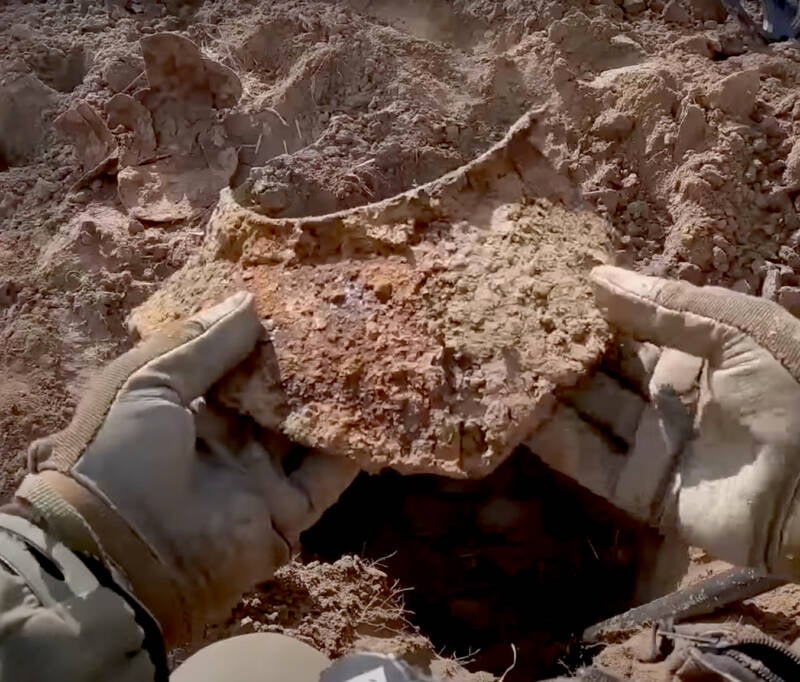
Patryk Chmielewski found the armor while using a metal detector on a plowed field in Mikułowice, Poland. Two feet down, he did find something — several pieces of metal, which he brought to the Provincial Office for the Protection of Monuments.
In a press release, they confirmed that the metal pieces Chmielewski had stumbled across were a partially intact set of hussar armor.
“The armor is incomplete, the basic element of the cuirass is missing, consisting of a breastplate and a backplate, which served to protect the chest and back, and one of the shoulder pads,” Dr. Hab. Marek Florek from the Sandomierz branch of the Provincial Office for the Protection of Monuments, explained. “The left shoulder pad, both bracers protecting the forearm, and a semicircular helmet, i.e. a helmet with two so-called cheeks and the so-called clavicle protecting the neck and nape.”
The armor lacks decorative elements, indicating that it was made locally, most likely on the orders of a local nobleman. Researchers believe it dates back to the 17th century.
“Based on the shape of the helmet, we can estimate with high probability that [the armor] comes from the first half of the 17th century,” a researcher from Maria Curie-Skłodowska University (UMCS) explained in the press release. “It is a bit corroded, and we will only be more certain about its date of creation after conservation work.”
The armor will go to the Sandomierz Castle Museum after conservation.
Cover Photo: The armor is mostly intact, though it’s missing elements of the cuirass like the breastplate and a backplate. Marek Florek

